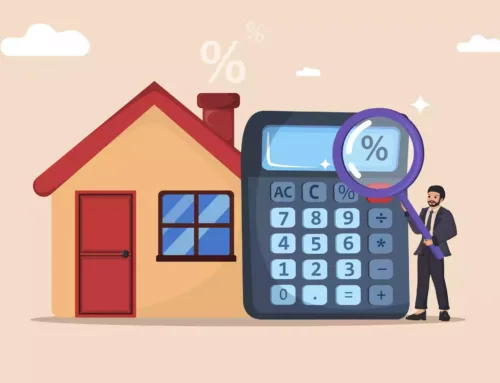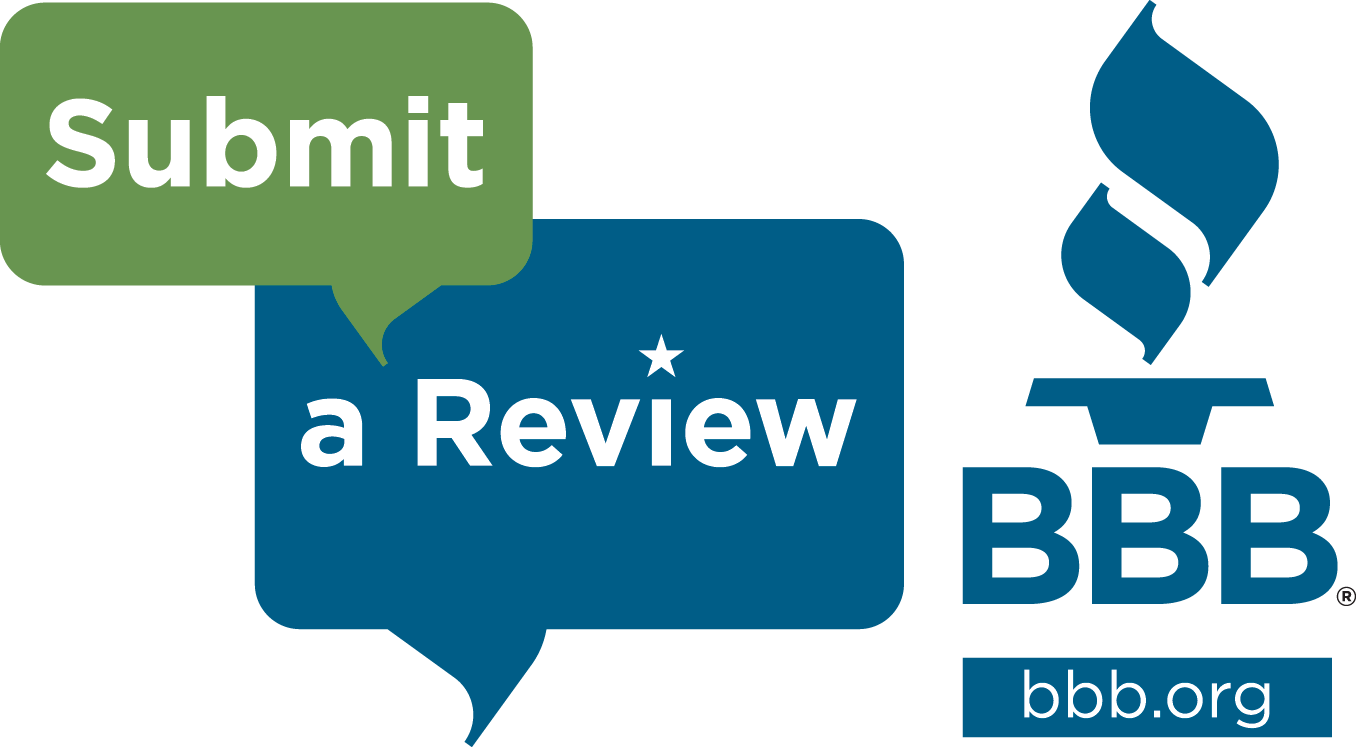Mortgage 101: Fixed Rate Mortgage Vs. Adjustable Rate Mortgage…Which one is better for you?
When deciding on the right home mortgage, it helps to understand the difference between the two major mortgage types: fixed rate and adjustable rate. Each has its benefits, but one may be better than the other for your situation.
Fixed Rate Mortgage
With a fixed rate mortgage, the interest rate remains the same for the life of the loan. The interest rate is set when you take out the loan and will not change, regardless of how interest rates change in the marketplace.
Pros:
- Locks in your best interest rate for the term of the loan
- Your monthly payment remains the same even if your principal and interest rates change
- Initial loan payments are applied toward your interest—and less to principal—although that reverses over time.
Cons:
- Principal and interest payments are usually higher than most adjustable rate mortgages, at least in the initial years
- To take advantage of an interest rate decrease, you would have to refinance
A good choice for:
- Those more comfortable with predictable principle and interest payments that do not increase if interest rates rise
- Those planning to stay in their home for 10 or more years
Adjustable Rate Mortgage (ARM)
The interest rate on an adjustable rate mortgage can go up or down. Initially, many ARMs will start at a lower interest rate than fixed rate mortgages. However, after this introductory period ends, your interest rate unlocks and adjusts periodically based on an outside index. Meaning your monthly payment may increase.
Pros:
- Offers lower rates at the beginning of the loan, so you’ll have lower payments to start
- If rates drop, payments may become lower without refinancing
- While various types of ARMs are available, they adjust either annually or semi-annually; most of these loans come with caps that prevent your monthly payment from increasing significantly.
Cons:
- If rates increase, your monthly payments can increase
A good choice for:
- Those who are confident they can continue to make payments when if principle and interest amount increase significantly
- Borrowers who plan to move in three to five years













